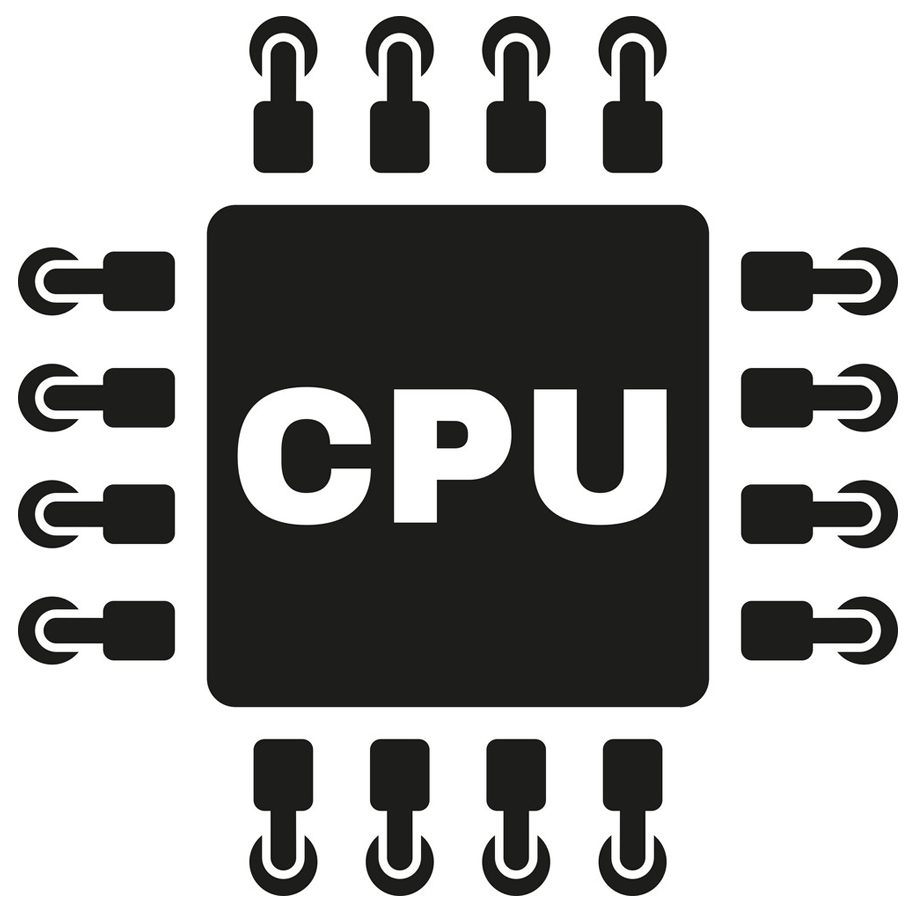We all know very well that in a desktop computer, as well as in a laptop, between its hardware components, there is a CPU and another GPU. A configuration that is repeated also in smartphones and tablets as well. Hence, today in this article we will tell you about the difference between a CPU (Central Processing Unit) and a GPU (Graphics Processing Unit).
What Is The Difference Between a CPU And a GPU?
In a desktop computer, as well as in a laptop, between its hardware components, there is a CPU and another GPU. A configuration that is repeated also in smartphones and tablets as well.
And we all know very well that both are the processors, but how they are different from each other? The GPU is specifically responsible for the graphics, and there are details in their technical specifications that justify this ‘specialization’. We probe into the differences and similarities in greater detail to simply understand why CPUs and GPUs are dedicated to different things.
The CPU is the central processing unit and the GPU is the graphics processing unit. The construction of these hardware components is quite similar, and both are processors composed of integrated circuits with transistors dedicated to the mathematical calculation which were based on binary numbers. However, the CPU (Central Processing Unit) is basically dedicated to general processing, while the GPU (Graphics Processing Unit) is basically dedicated to specific processing only.
Also Read: How To Show CPU Temperature in Android Status bar
What is a CPU (Central Processing Unit)?
The CPU, yes, the central processing unit, is a microprocessor which is basically designed to execute sequences of instructions. This is mainly dedicated to loading programs. And the work of CPU (Central Processing Unit) is divided into four fundamental steps according to von Neumann’s architecture, and they are reading, decoding, execution, and writing.
How does the CPU work?
- Reading: Retrieves the instruction from memory by locating it thanks to a program counter.
- Decoding: The instruction is divided into parts that can be ‘interpreted’ by the different units of the CPU (Central Processing Unit).
- Execution: The CPU units perform operations to execute the instruction.
- Writing: The above results are written to a certain form of memory.
What is a GPU (Graphics Processing Unit)?
Although the GPU (Graphics Processing Unit) is often referred to as ‘processor’, as it is actually a co-processor for its work on the CPU. It is dedicated to floating point operations and is basically designed to reduce the workload of the CPU (Central Processing Unit).
The high segmentation of the GPU (Graphics Processing Unit), with functional units, allows the processing of vertices and pixels in a faster way. In addition, its faster memory allows the management of intermediate results of operations in a more agile way.
It is dependent on the CPU (Central Processing Unit) as long as it receives the same information in the form of vertices. These vertices are treated for the transformations of rotation and movement (vertex shader); it defines which part of the vertices is displayed (clipping) and converted into pixels by rasterisation. Then the pixels are transformed, for example, to apply textures (pixel shader). And finally, effects are applied, just before their caching.
What is the difference between a CPU and a GPU?
In the widest view, the difference between a CPU and a GPU is in its design: few very complex cores in the CPU, and thousands of very simple cores in the GPU. Why? For the specialization that we mentioned previously.
A specialization that at the technical level is defined as parallelization. While a GPU has independent fundamental calculation units, the inherent parallelism is one of the key aspects in a GPU and its difference from the CPU.
The physical design of a GPU (Graphics Processing Unit), with higher silicon, allows to dedicate it to very specific tasks and carry them out very efficiently. But this is, in fact, justified by the way of work and its architecture: it does not follow the architecture of von Neumann, as the Circulating Model which is described earlier in the explanation of what is a GPU (Graphics Processing Unit). Basically, it is focused on parallel processing, and the design based on a broad segmentation.
Also Read: Best Computer Tricks 2019 and Hacks for Your Window PC
What’s on a graphics card, in addition to the GPU?
Although the GPU (Graphics Processing Unit) is the graphics processing unit, it is not the only thing on a graphics card. In this component, the GPU (Graphics Processing Unit), GRAM, and RAMDAC are located as key links for graphics processing, as well as outputs, cooling, and power.
While the VRAM, or random access graphic memory, is basically dedicated to the storage and transport of information. This memory unit can be dedicated or shared, depending on whether your space only serves the GPU, or not. The higher performance of the GPU (Graphics Processing Unit) is achieved with dedicated memory, and that the GPU (Graphics Processing Unit) can reach its maximum power depends on the specifications and capabilities of this VRAM. So, what do you think about this? Simply share all your views and thoughts in the comment section below.

